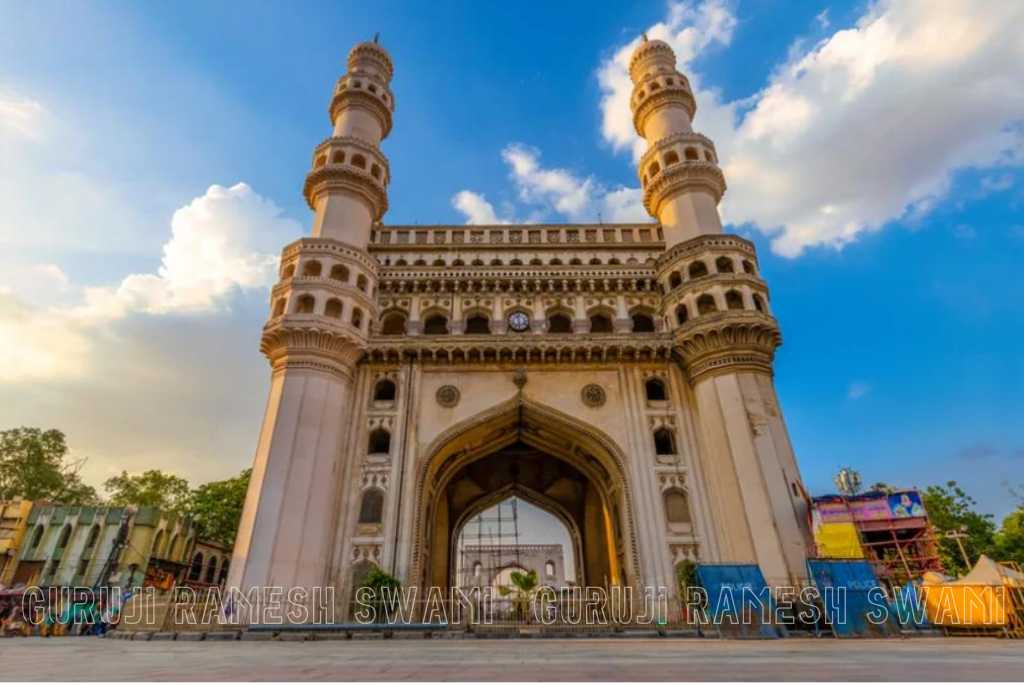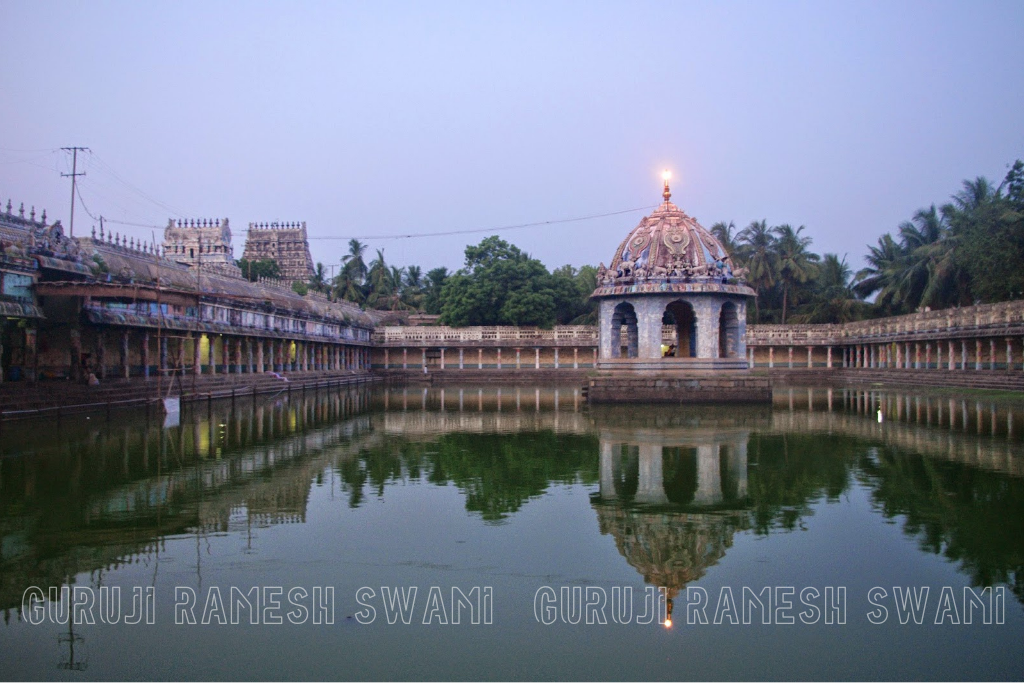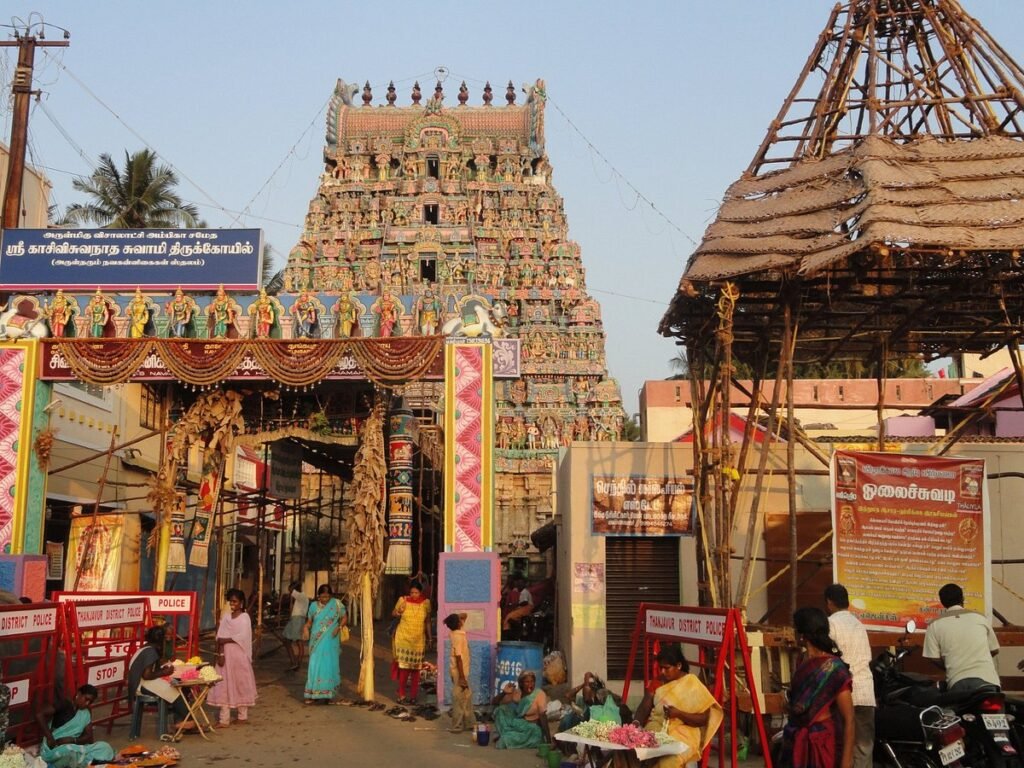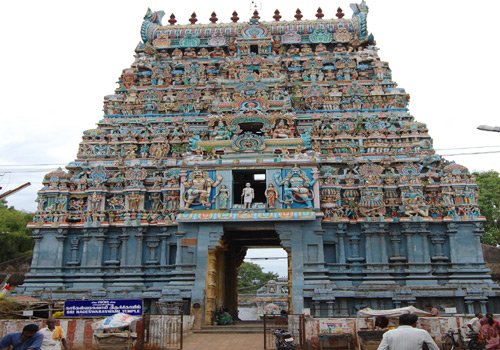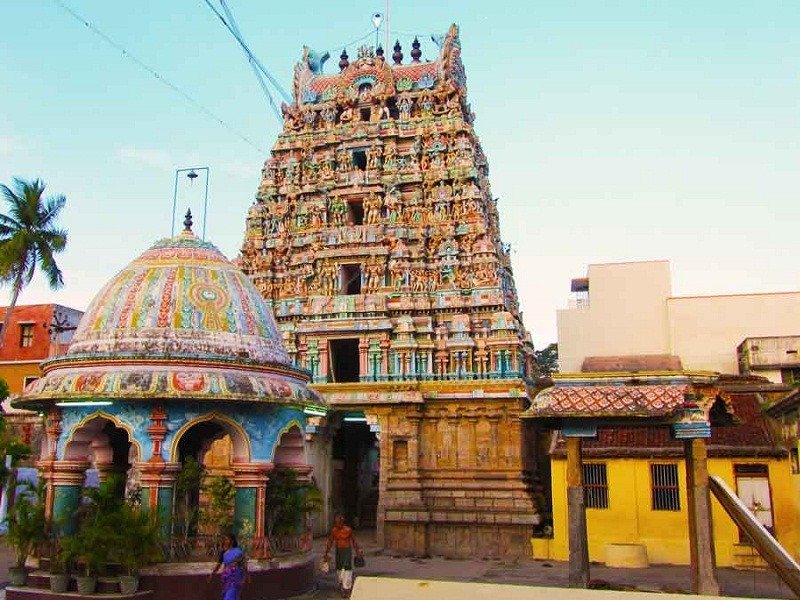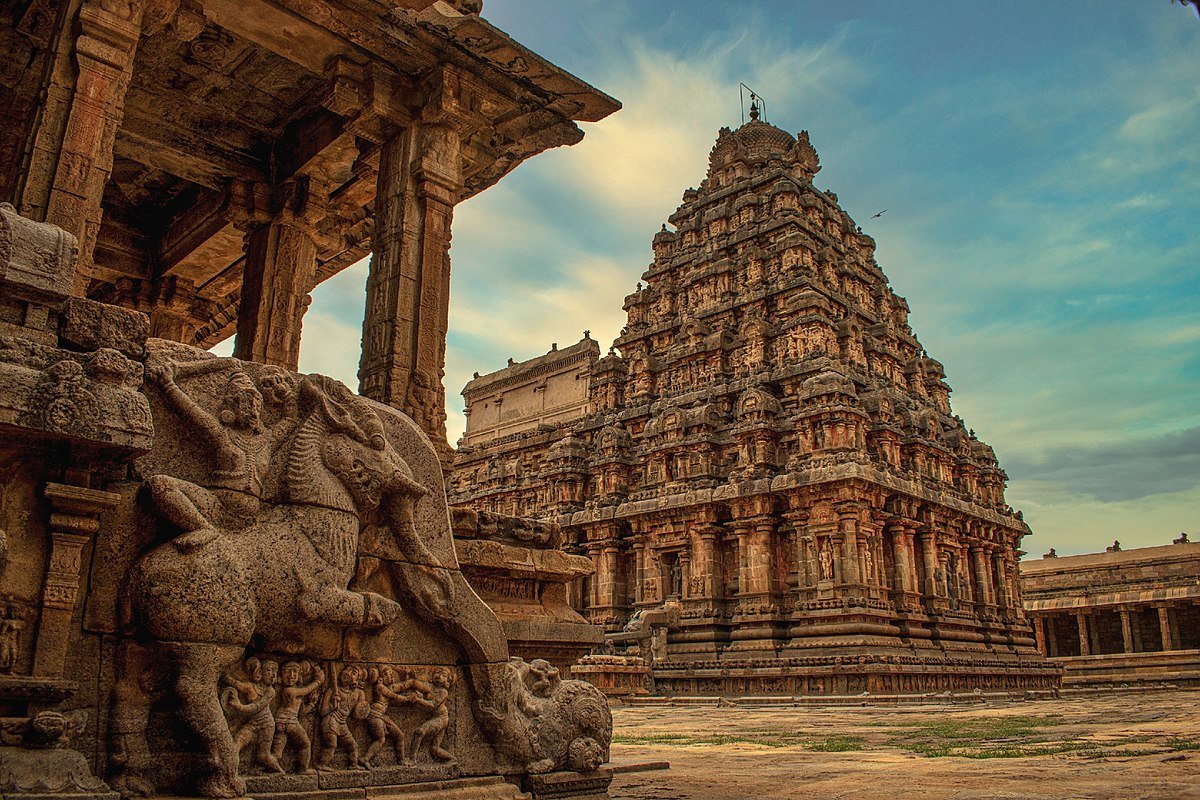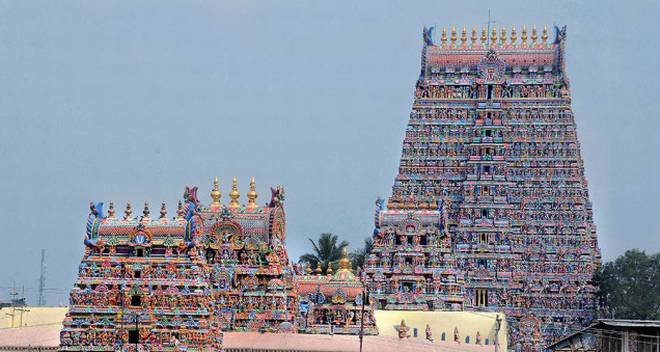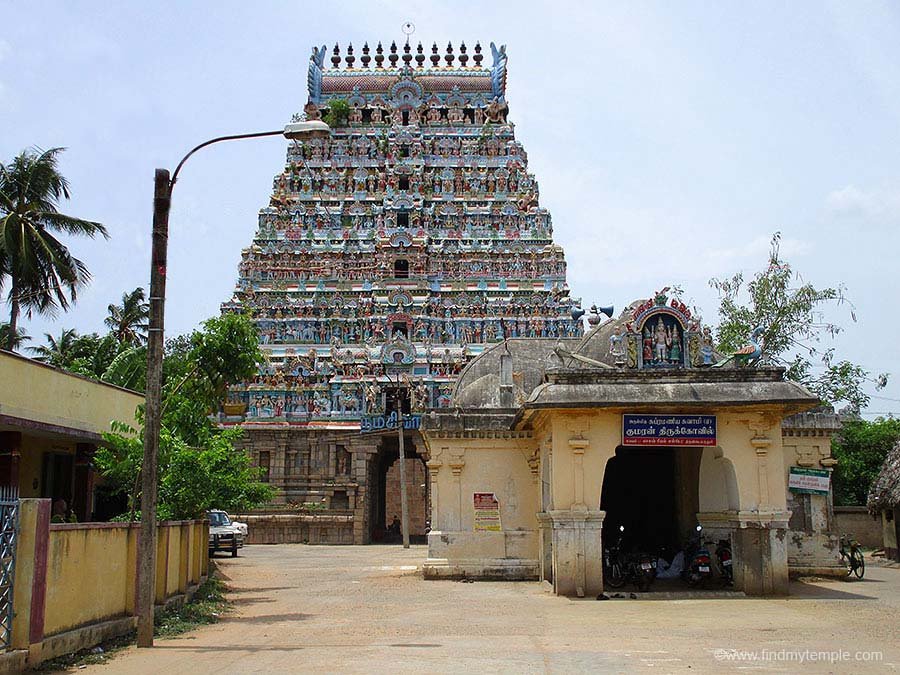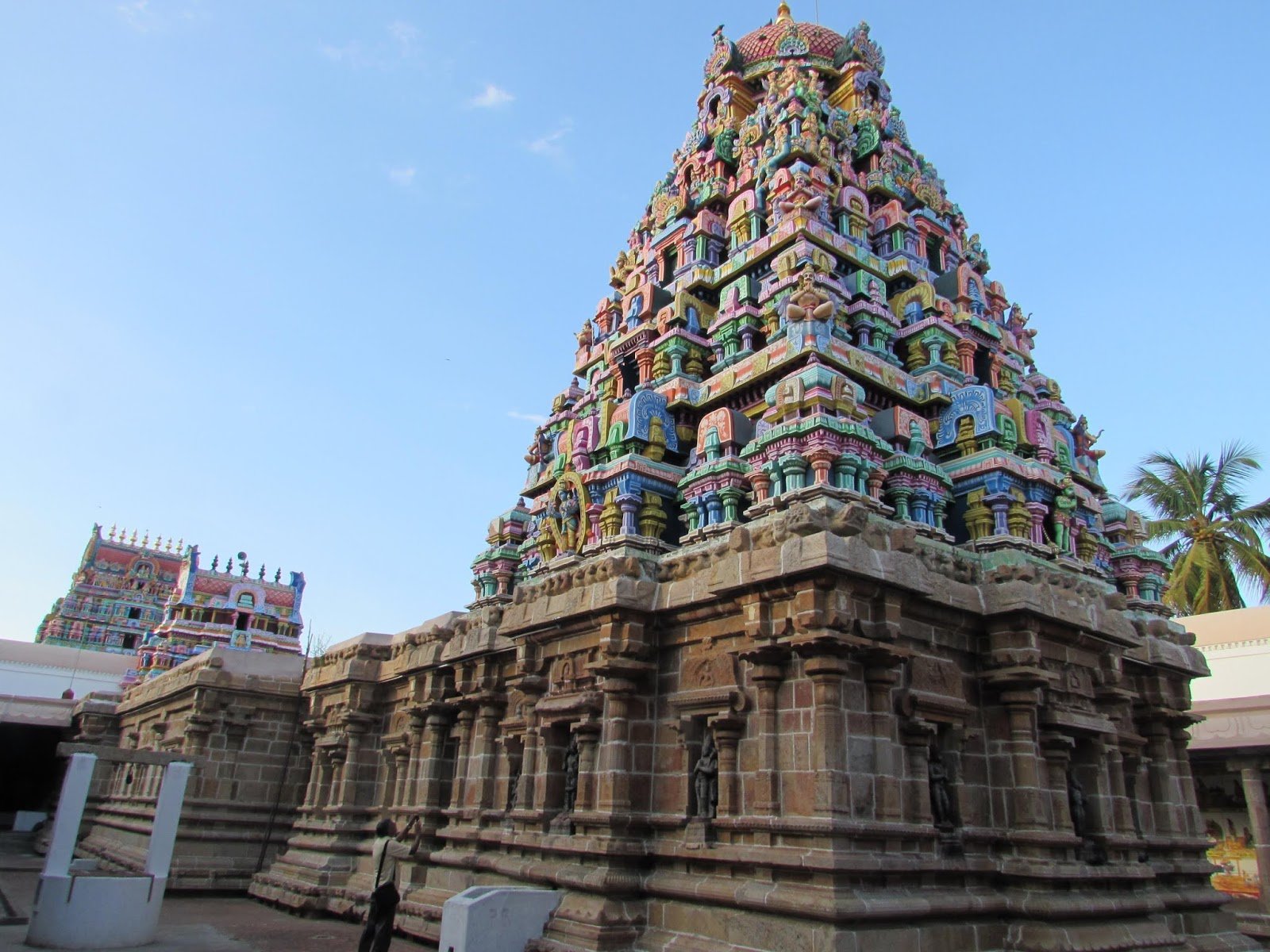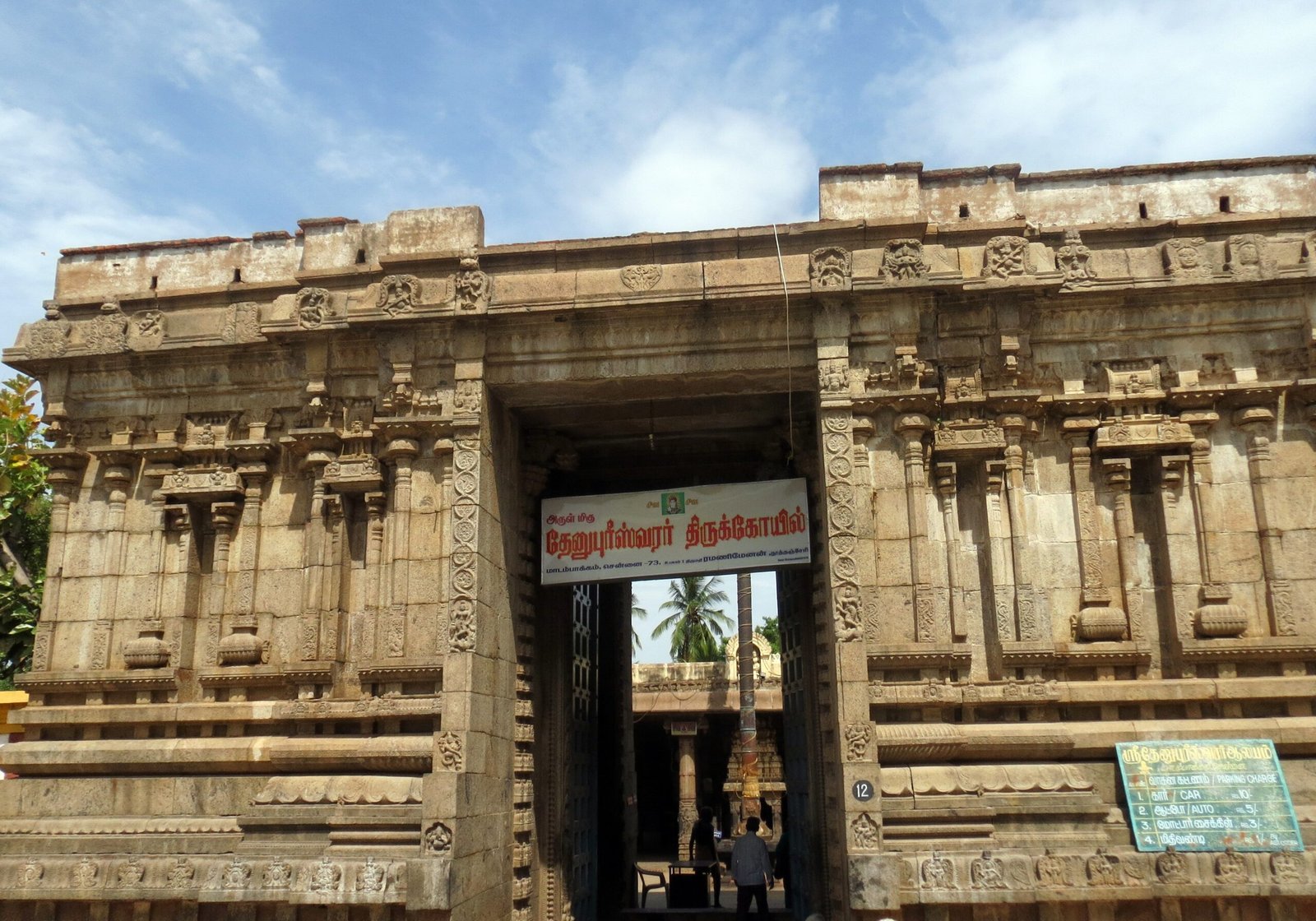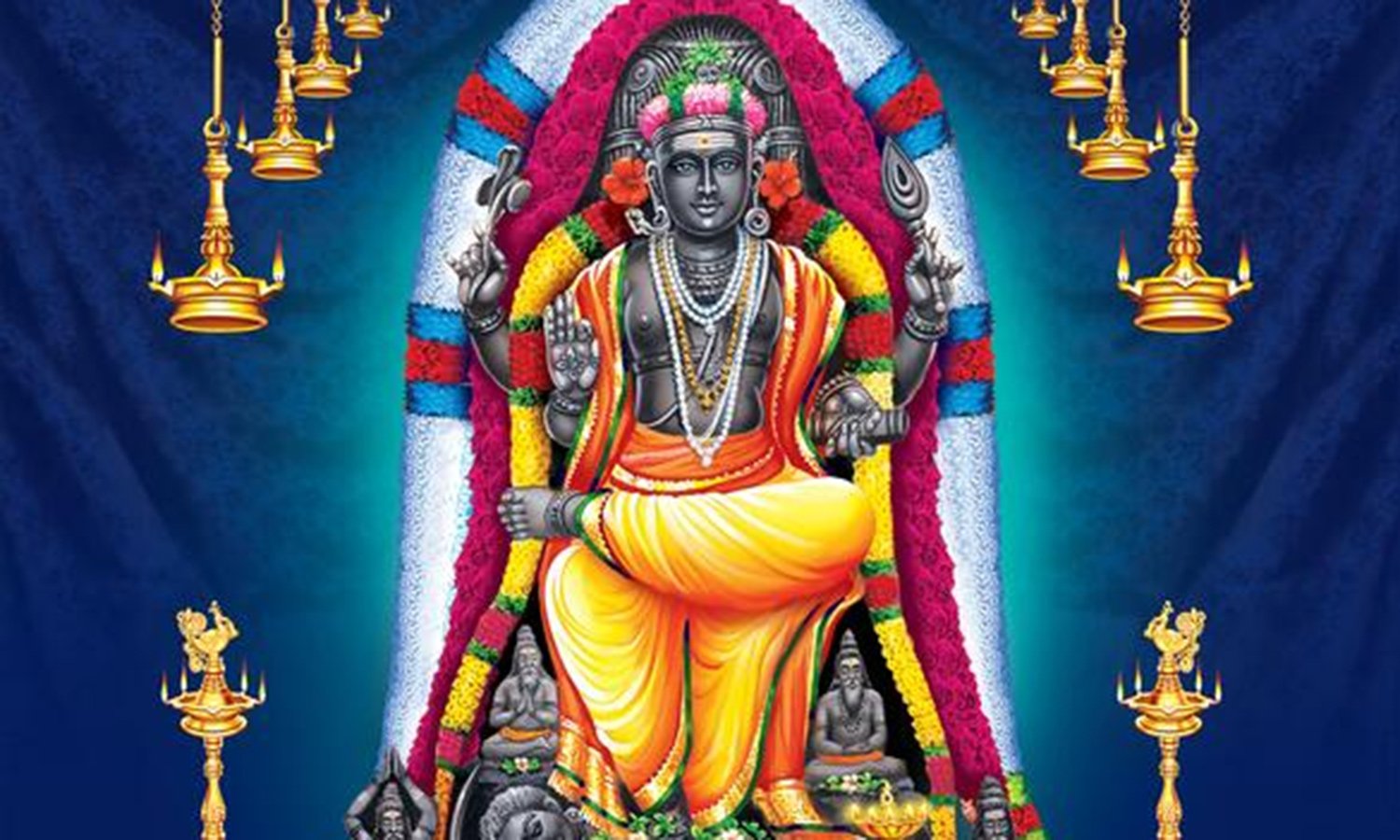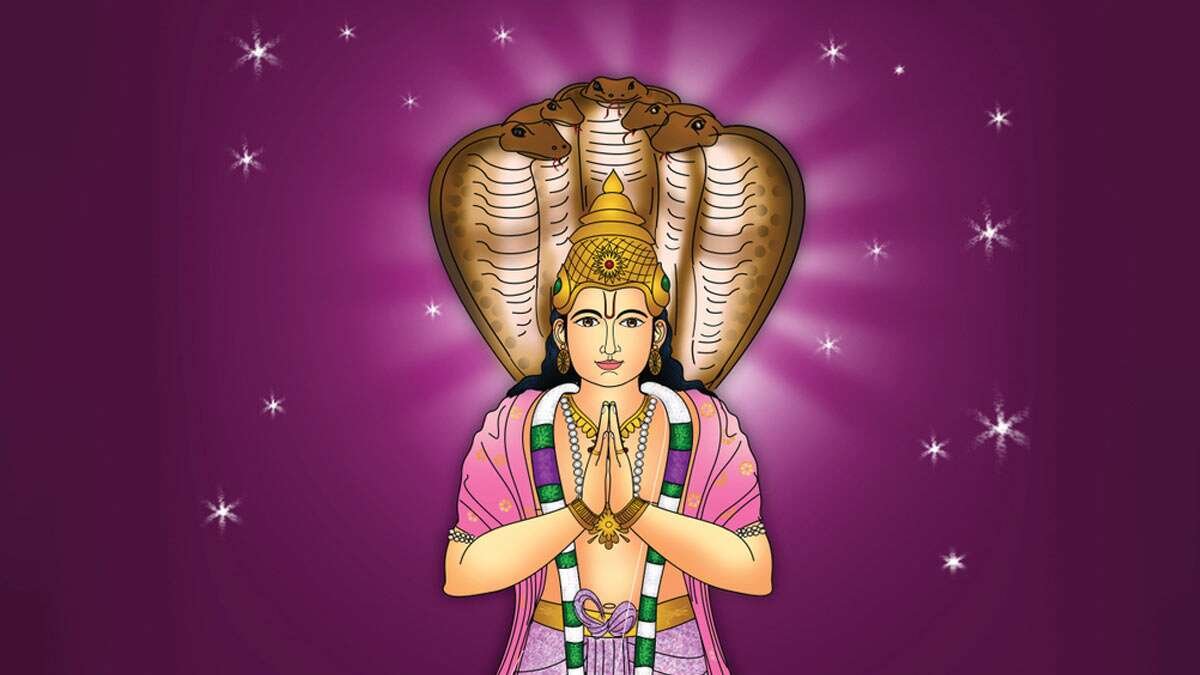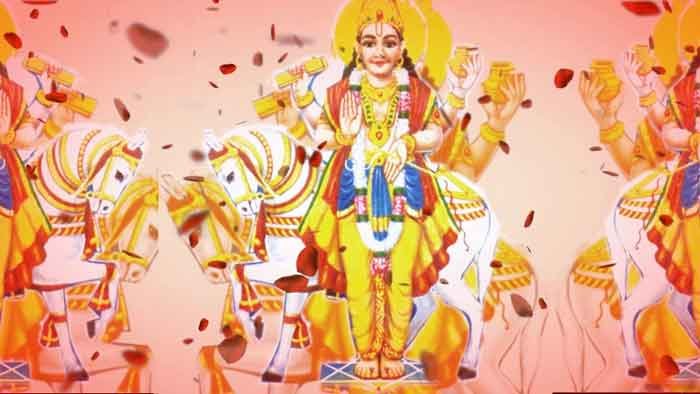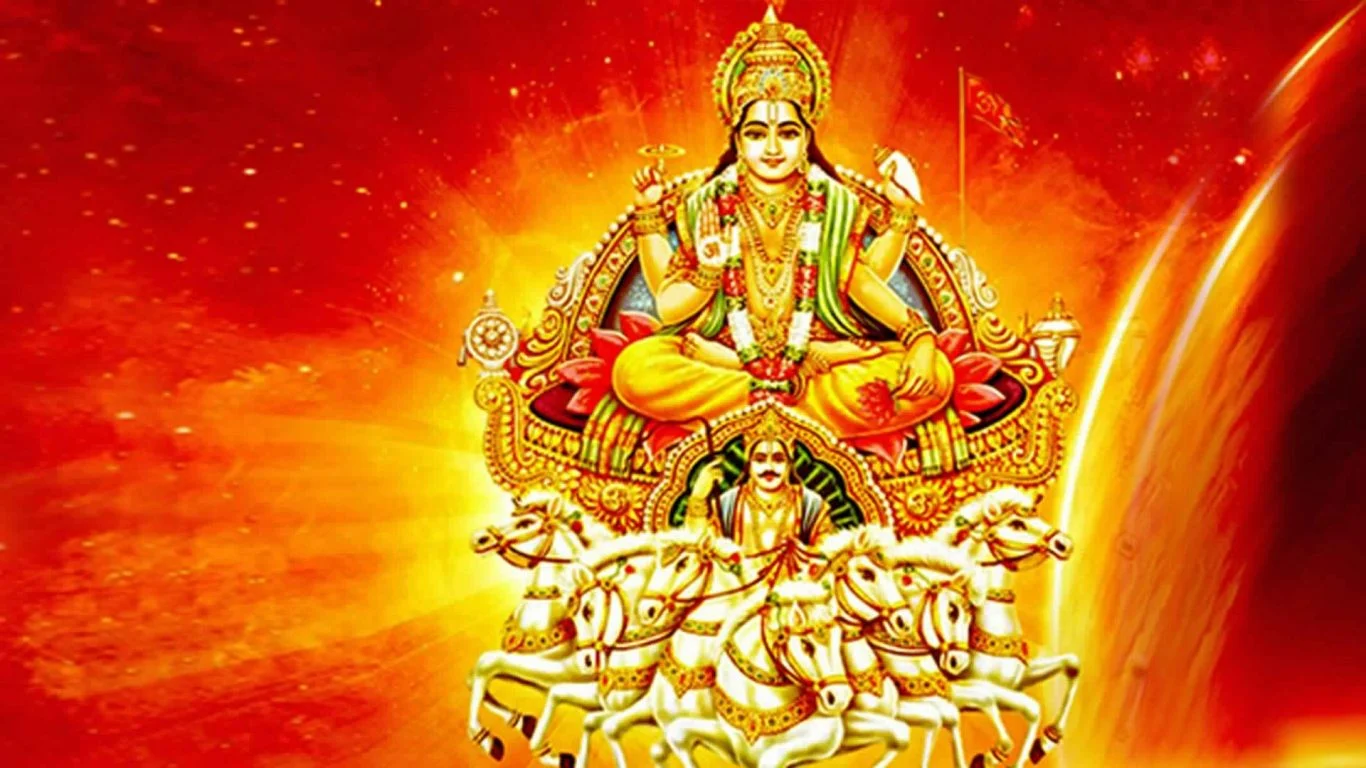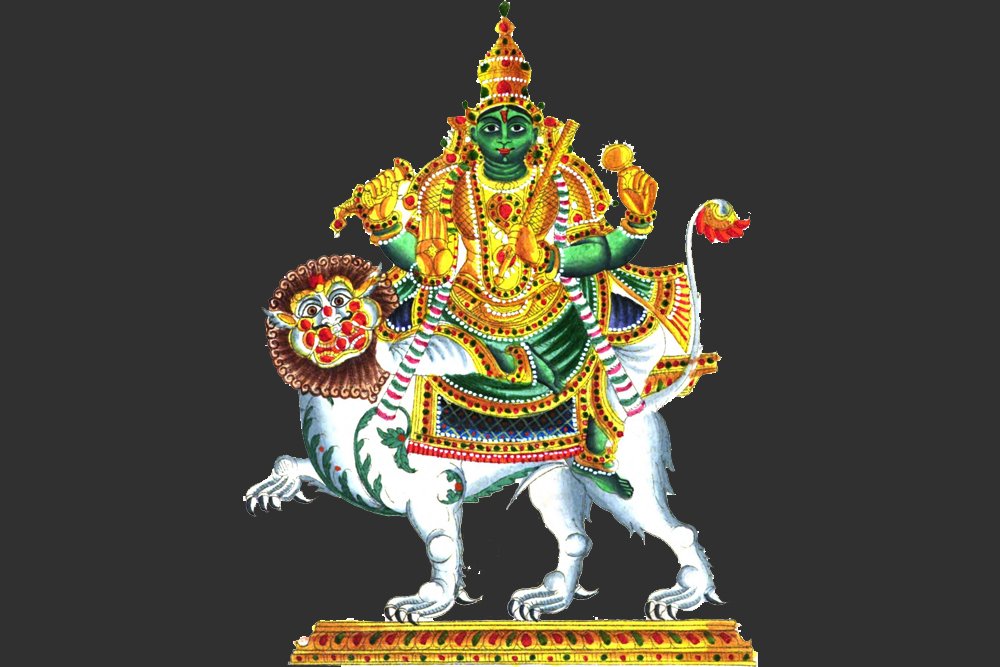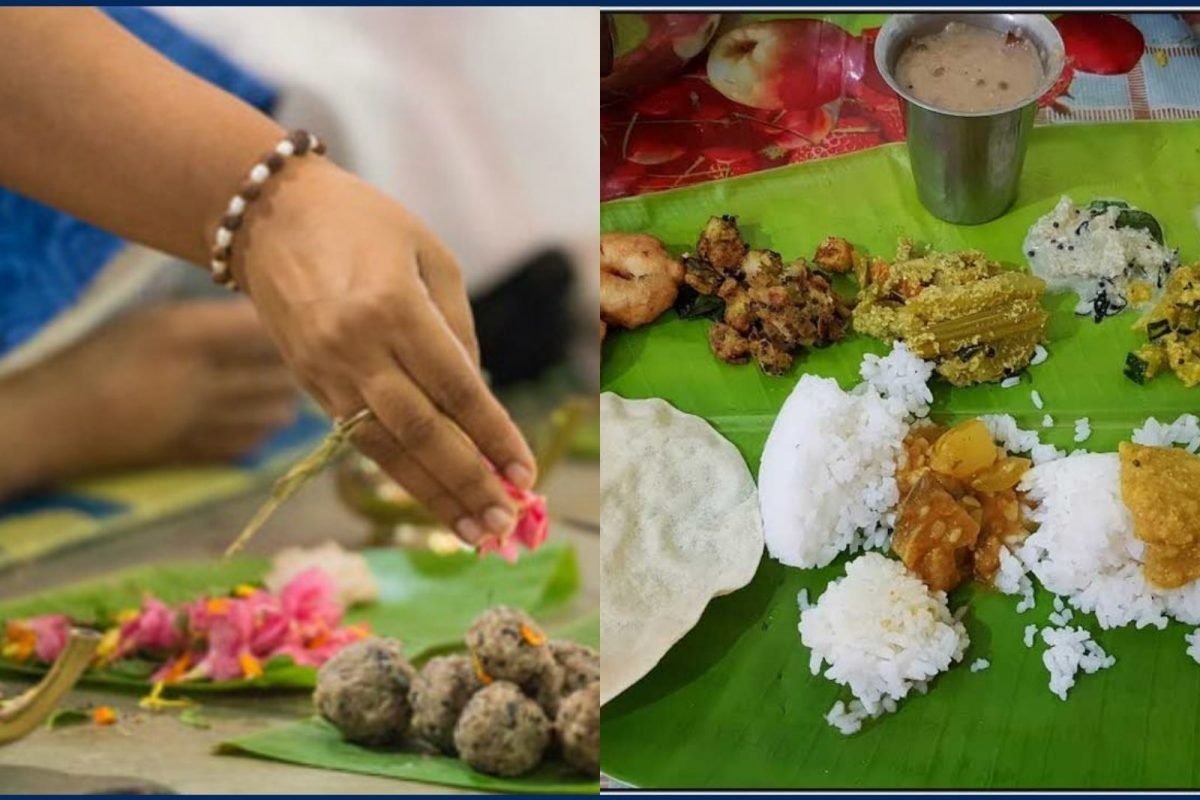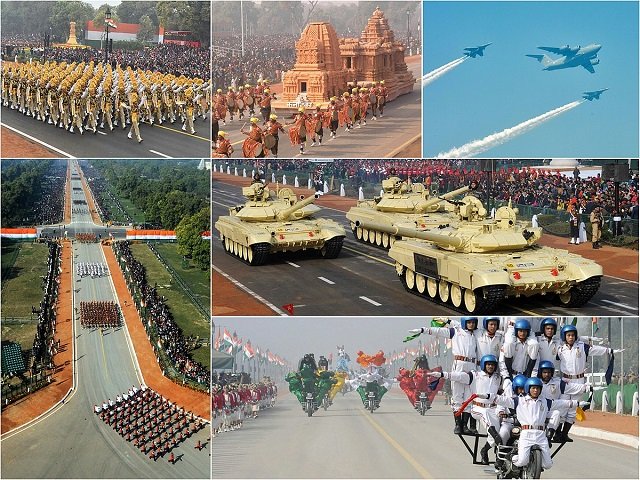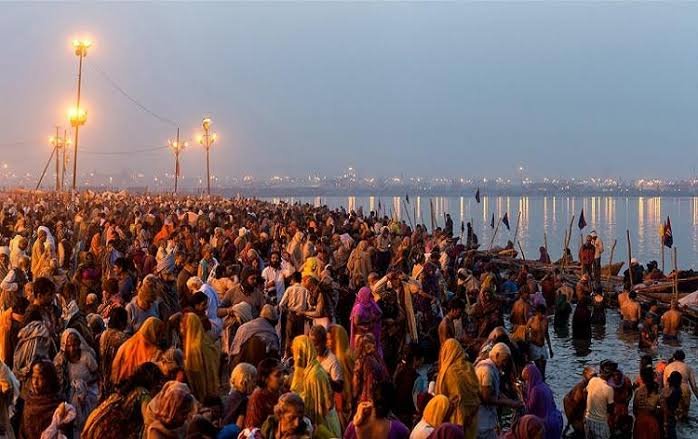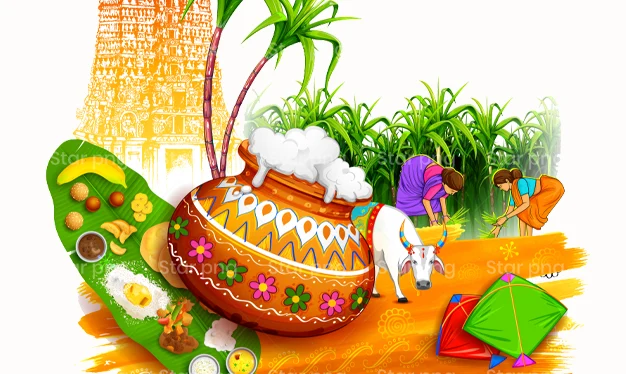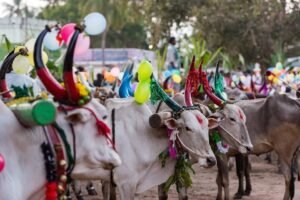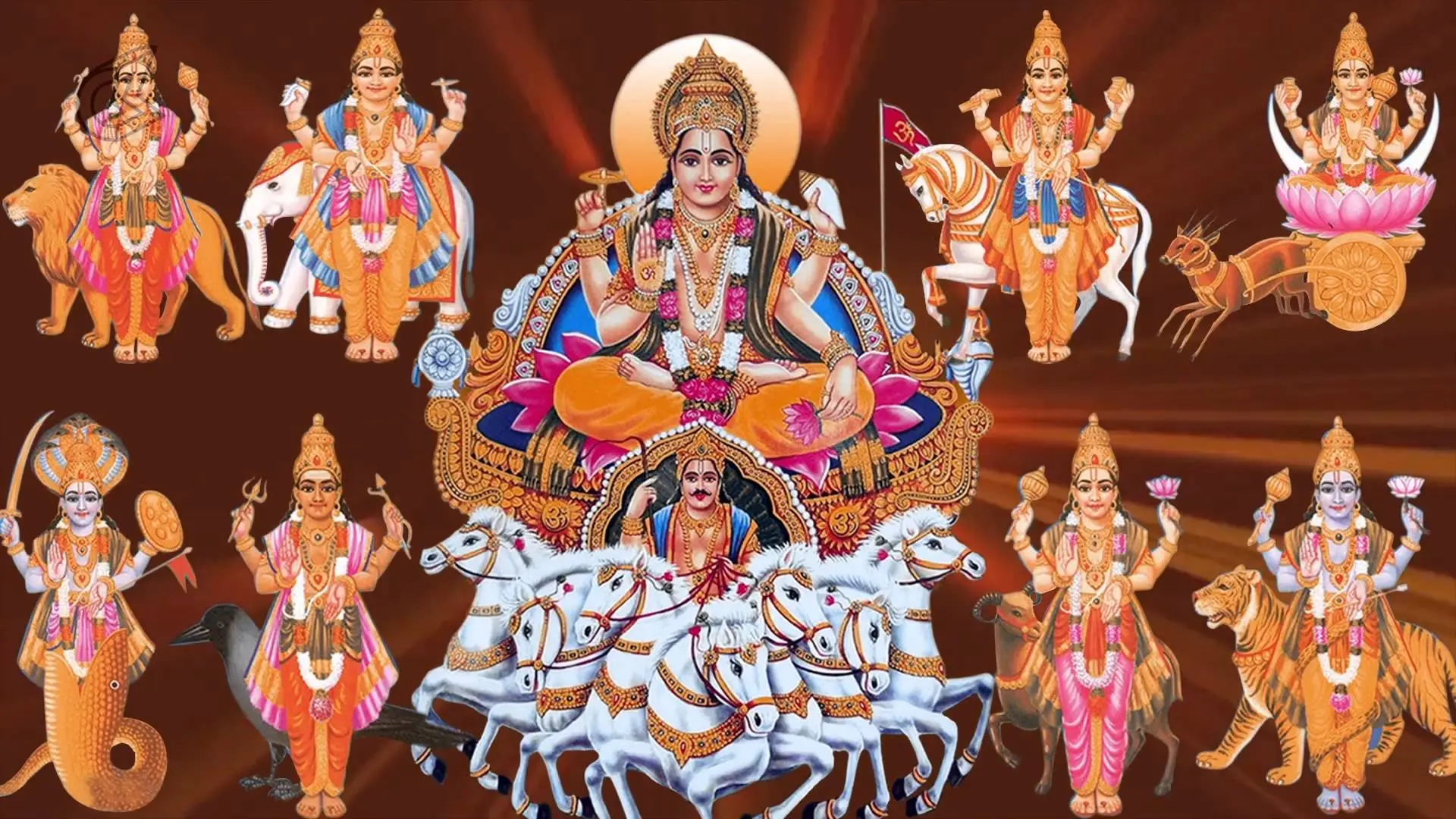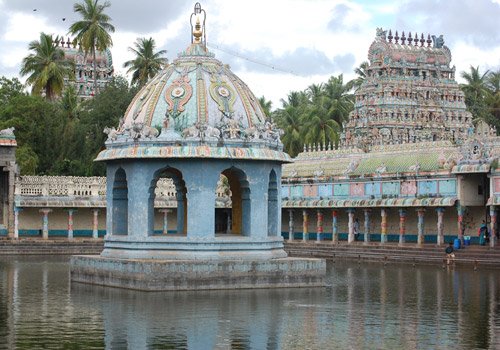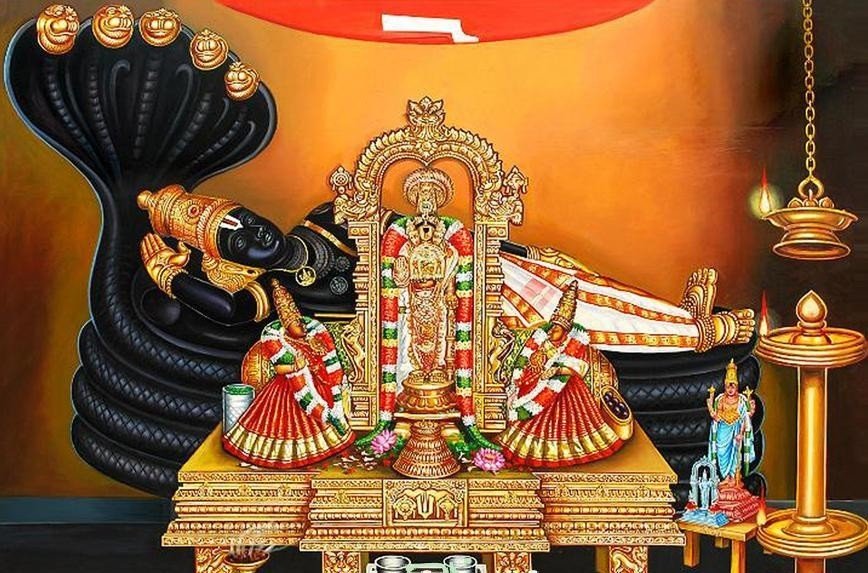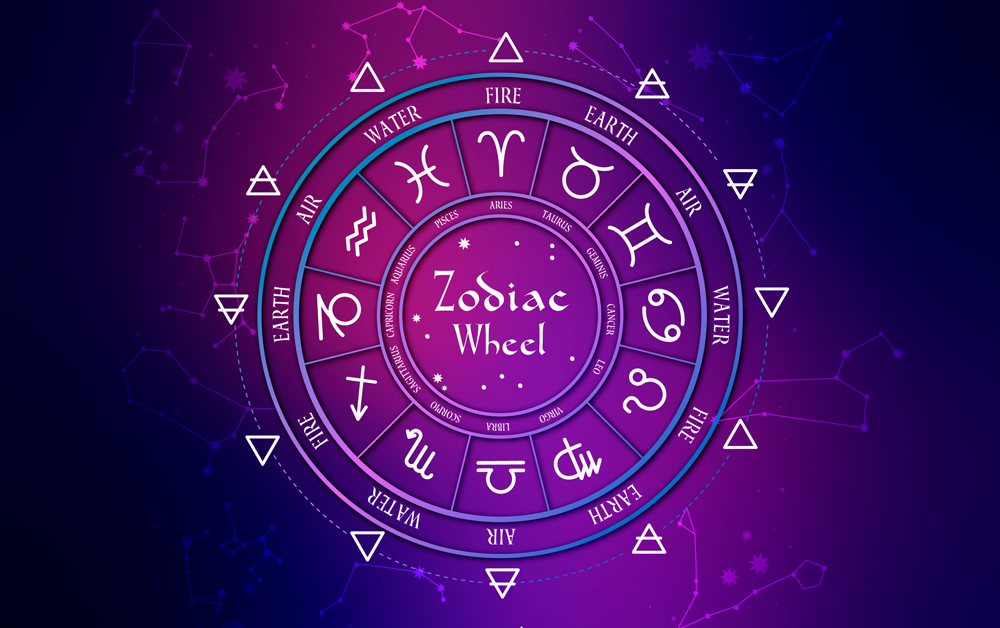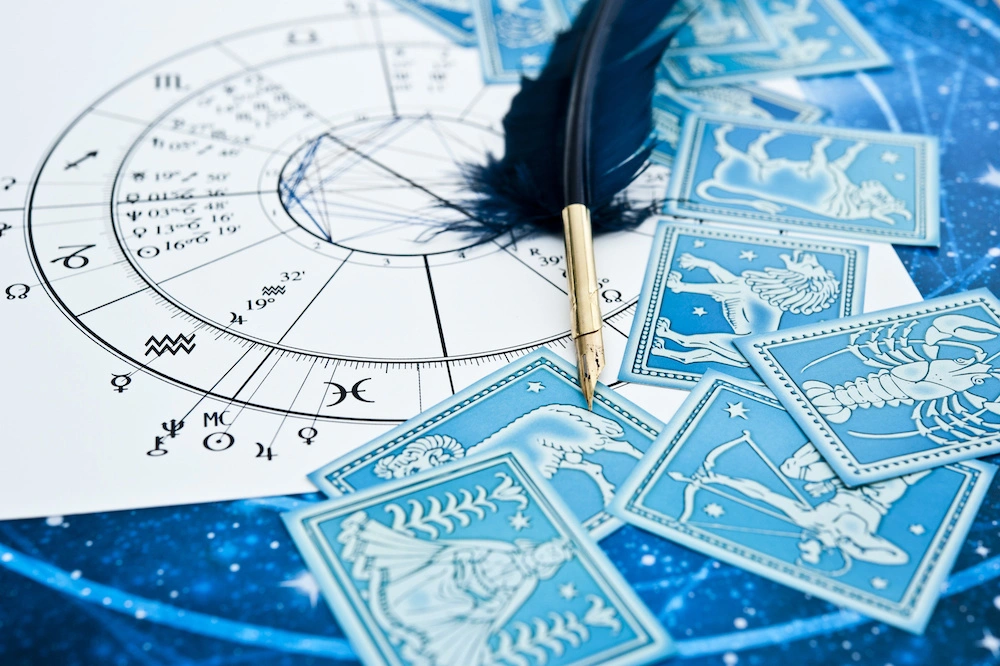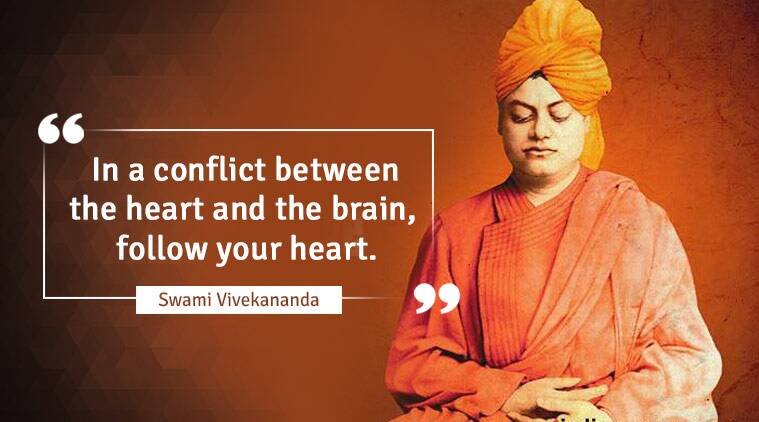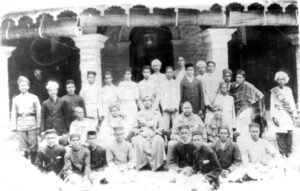Introduction to Zodiac Signs and Travel
Astrology has long been a tool for understanding personality traits and predicting behaviors. Among the myriad aspects it explores, one of the most intriguing is the tendency towards travel and exploration. The zodiac signs, each governed by different elements and planetary rulers, can offer significant insights into why certain individuals are more inclined to traverse the globe. This article delves into four zodiac signs known for their wanderlust: Sagittarius, Gemini, Aquarius, and Pisces.
The elemental influences—fire, earth, air, and water—play a crucial role in shaping our travel inclinations. Fire signs, like Sagittarius, are driven by an innate sense of adventure and a desire to discover new horizons. Air signs, such as Gemini and Aquarius, are intellectually curious and constantly seek new experiences and knowledge, making travel a natural outlet for their inquisitive minds. Water signs, represented here by Pisces, possess a deep emotional connection to the vastness of the world, often feeling a pull towards distant lands and diverse cultures.
Planetary rulers also contribute to these travel tendencies. For instance, Jupiter, the planet of expansion and growth, governs Sagittarius, endowing them with an insatiable appetite for adventure. Conversely, Gemini, ruled by Mercury, the planet of communication and travel, is always eager to explore new places and meet new people. Uranus, the ruler of Aquarius, instills a love for innovation and novelty, prompting Aquarians to seek out unique and unconventional travel experiences. Finally, Neptune, ruling Pisces, fuels a romantic and idealistic view of the world, encouraging Pisceans to embark on journeys that feed their imagination and emotional depth.
Understanding these astrological influences can offer a fascinating perspective on why some individuals are more predisposed to travel than others. As we explore the specific traits of Sagittarius, Gemini, Aquarius, and Pisces, it becomes clear how the stars might guide their feet to far-flung destinations.
Sagittarius: The Ultimate Wanderer
Sagittarius is often heralded as the zodiac’s quintessential traveler. Ruled by Jupiter, the planet of expansion and fortune, Sagittarians possess an insatiable appetite for exploration and discovery. Their love for freedom and new experiences is unparalleled, rendering them eternal wanderers in search of novel landscapes and cultures. This adventurous spirit is not just a hobby but a fundamental aspect of their identity.
The influence of Jupiter drives Sagittarius to constantly broaden their horizons, both geographically and intellectually. They are drawn to the unknown, often opting for spontaneous trips that offer a mix of unpredictability and excitement. Whether it’s a last-minute flight to a distant city or a backpacking adventure through remote regions, Sagittarians thrive on the thrill of the journey as much as the destination.
Moreover, Sagittarius individuals are not just passive tourists; they immerse themselves deeply into the cultures they encounter. Their quest for knowledge and understanding extends beyond sightseeing to learning local languages, customs, and histories. This intellectual curiosity ensures that their travels are rich, educational experiences rather than mere vacations.
Common travel behaviors among Sagittarians include a penchant for exotic, far-flung destinations over familiar locales. They are the ones who would choose a rustic village in the Himalayas over a bustling European capital. This preference underscores their desire for authentic experiences that challenge their perspectives and fuel their growth.
In essence, Sagittarius’s approach to travel is reflective of their broader life philosophy: to live fully and freely, embracing every opportunity to learn and evolve. For them, the world is an open book, and each journey is a new chapter waiting to be written. Their adventurous spirit and boundless curiosity make them the ultimate wanderers of the zodiac.
Aquarius: The Innovative Explorer
Aquarius, known for their innovative spirit and forward-thinking mindset, are natural-born explorers. Their inherent curiosity and open-mindedness drive them to seek out experiences that are both intellectually stimulating and culturally enriching. Governed by Uranus, the planet of innovation and change, Aquarians are drawn to unconventional and off-the-beaten-path destinations. This cosmic influence propels them towards adventures that challenge the status quo and broaden their horizons.
Traveling for an Aquarius is not just about sightseeing; it’s an opportunity to immerse themselves in diverse cultures and learn about the world in a meaningful way. They are particularly interested in destinations that offer a blend of history, modernity, and progressive ideas. Whether it’s visiting a remote village to understand indigenous traditions or exploring a bustling metropolis to witness cutting-edge technology, Aquarians thrive in environments that stimulate their intellect and satisfy their thirst for knowledge.
Moreover, Aquarians are deeply passionate about humanitarian causes. Their travels often include volunteering opportunities or visits to regions where they can contribute to social and environmental initiatives. They seek out experiences that allow them to make a positive impact, reflecting their commitment to global betterment. This altruistic approach to travel not only enriches their journeys but also aligns with their core values of equality and justice.
In addition, Aquarians are fascinated by progressive technologies and futuristic concepts. They are likely to visit destinations known for their advancements in science, technology, and sustainability. From exploring eco-friendly cities to attending international tech conferences, their travel choices reflect their desire to stay ahead of the curve and remain connected with the latest innovations.
Ultimately, for Aquarius, travel is a means of continuous learning and growth. Their unique approach to exploring the world ensures that their journeys are not just about discovering new places, but also about understanding different perspectives and fostering global connections.
Aries and Gemini: The Dynamic Duo of Travel
Aries and Gemini, as zodiac signs, are often seen as the quintessential travelers, driven by their inherent traits that make them eager to explore the world. Aries, ruled by Mars, is characterized by boldness, energy, and a willingness to take risks. These qualities make Aries one of the most adventurous zodiac signs, always ready to embark on a new journey. The thrill of facing new challenges and the excitement of the unknown are what fuel their wanderlust. Whether it’s climbing a mountain, diving into the depths of the ocean, or exploring uncharted territories, Aries thrives on adrenaline-pumping adventures that test their limits and push their boundaries.
On the other hand, Gemini, ruled by Mercury, exhibits a different type of travel enthusiasm. Known for their intellectual curiosity and adaptability, Geminis are natural explorers who seek to understand the world through diverse experiences. Their love for social interactions and cultural exchanges makes them adept at navigating various social landscapes and engaging with people from different backgrounds. For a Gemini, travel is not just about the destination but also about the journey and the stories they collect along the way. They are drawn to culturally rich and varied trips where they can immerse themselves in local traditions, languages, and histories.
Both Aries and Gemini are attracted to fast-paced, stimulating travel experiences. While Aries seeks the thrill and physical challenges that come with adventurous trips, Gemini looks for the intellectual stimulation and social connections that travel can provide. Together, these two signs embody a dynamic duo of travel, each bringing their unique strengths to the experience. Aries’s boldness complements Gemini’s curiosity, making their journeys not only exciting but also deeply enriching. This synergy allows them to explore the world with a sense of wonder and enthusiasm that is unparalleled, making them among the zodiac signs most likely to travel the world.


